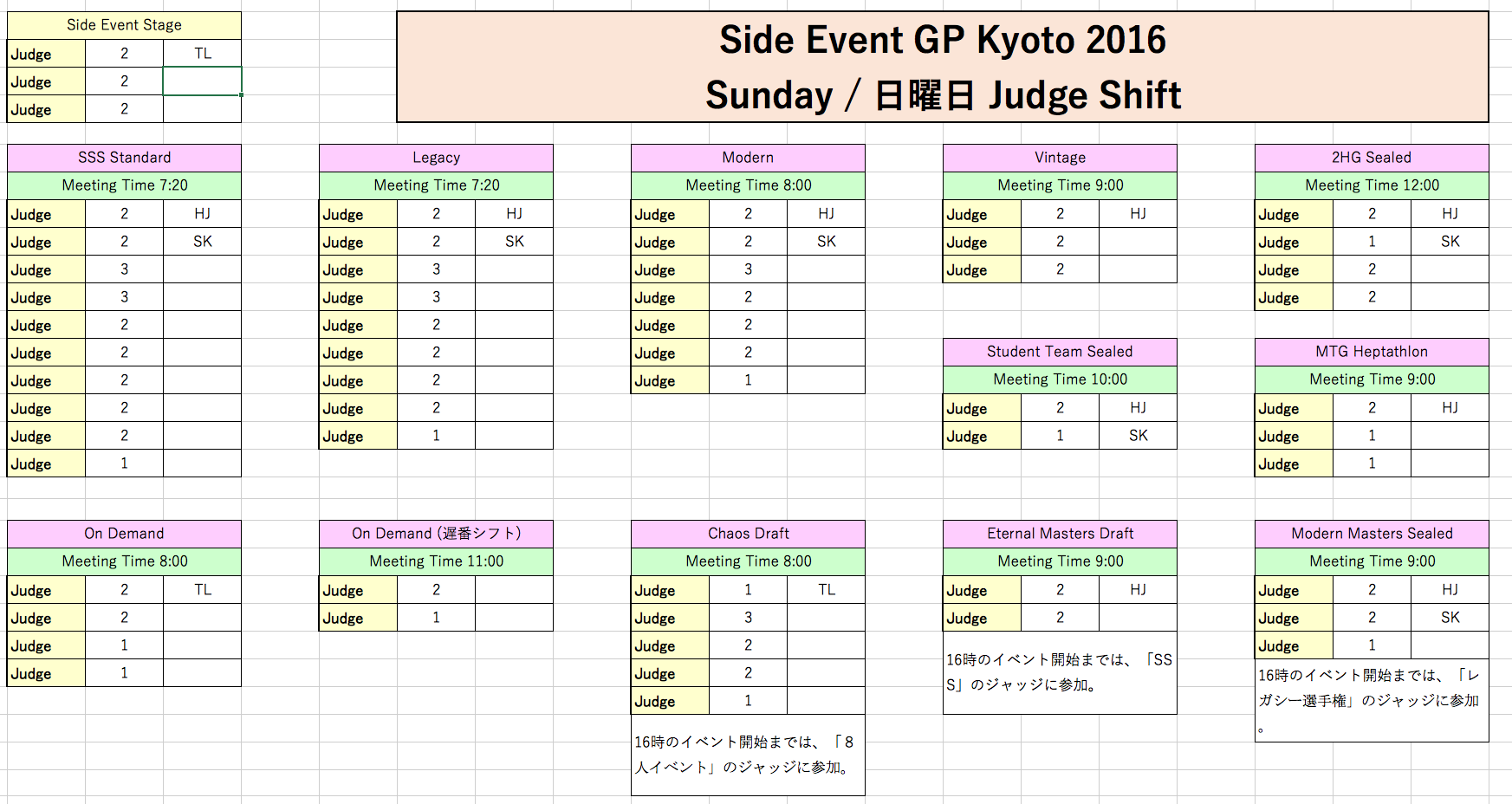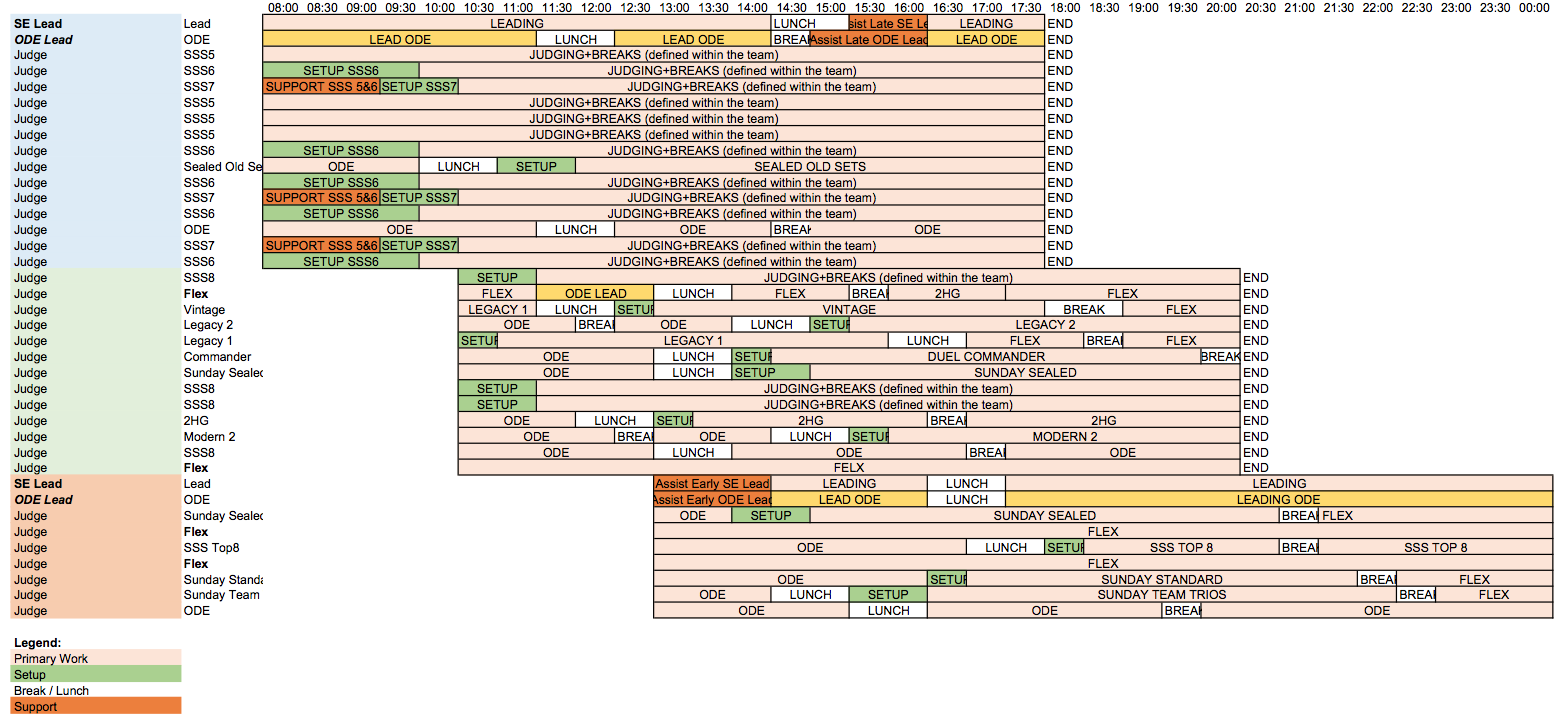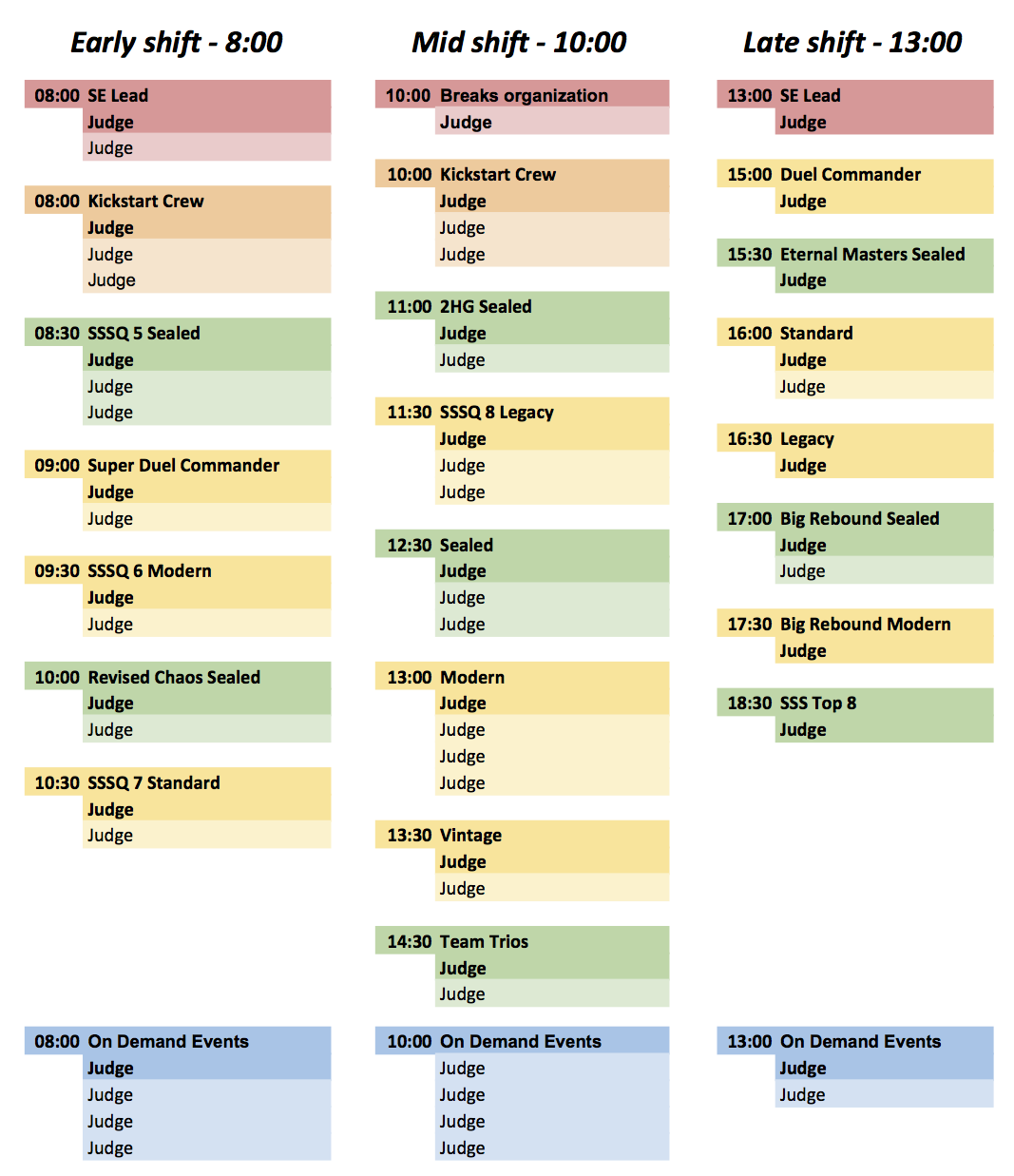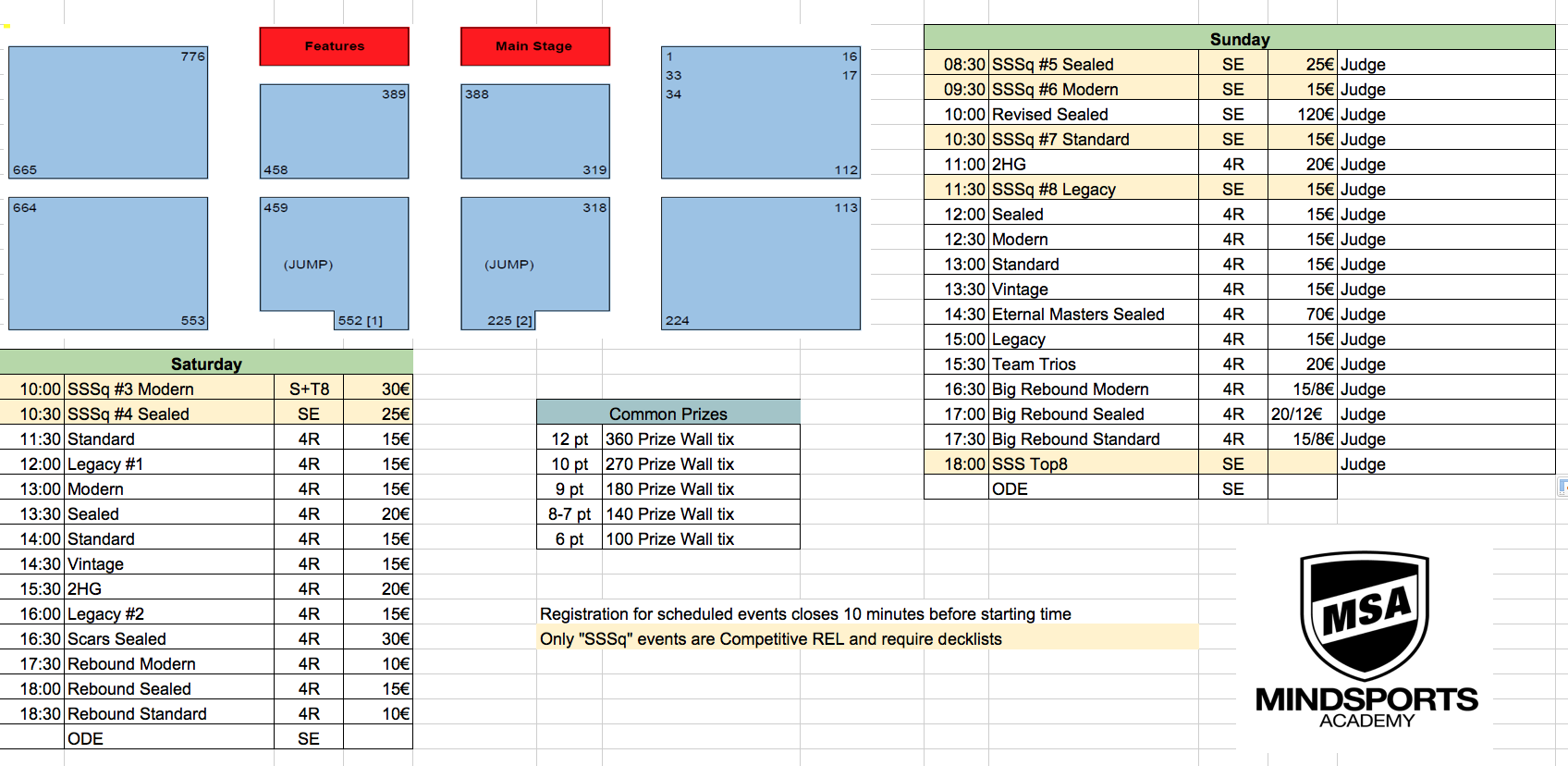Sunday Side Event Management –
How To: SE Manager (Before the Event)
CIAO to everybody,
Our special guest and processes and organization expert, Ivan Petkovic, continues his series about how to manage *Side events at Grand Prix*.
Today’s article is about Side Event Manager’s responsibilities and preparation before the GP starts.
Happy reading!
Last time we took a look at the overview of different roles. The goal of next couple of articles is to describe the role in more details as well as have an overview of the toolkit the role can use.
SE Manager is responsible towards the TO for everything judge and floor related that is happening on SE. One way to divide the span of his activities is following
- Before the event
- During the event
In this article, we’ll take a look at “Before the event” activities. Let’s begin!
There are usually two SE Managers, one in the early shift (responsible for starting the SE) and one in the late shift (responsible for wrapping up the SE). There are different ways how they can interact, but usually, the early shift SE Manager is considered to be in charge when both are on shift. He is also considered to lead all preparation activities (e.g. scheduling). During the day, he needs to hand his work over to the late shift SE Manager. My advice and a practice I learned from some of the best SE Managers is to do it earlier rather than later. The handover is best done after the initial onboarding of late shift SE Manager (usually within the first hour of late shift) and before early shift’s lunch break. That way the early SE Manager can either shadow and mentor the late SE Manager or if certain aspects of SE needs attention from SE Manager, you have two who can split the work. In my experience, a lot of issues happened if this handover isn’t done properly and one of the SE Managers goes on lunch.
Before the Event – Scheduling
One of the key roles SE Manager plays before the event is to craft a schedule. Usually, the early SE Manager initiates the schedule creation. The roles involved are usually:
- Main Event HJ (for initial assignment of the judges to SE)
- TO (because sometimes they want specific judges in specific roles or as HJ of specific tournaments)
- Late shift SE Manager (it is becoming a custom more and more in Europe, and I believe is a good practice, to have a second opinion and help in drafting the schedule)
The level of details on the schedule can vary from SE Manager to SE Manager. One thing to know is that every schedule will sooner or later need to be adjusted once it meets real life (meaning during the event).
Let’s take a look at a couple of examples:
This is an example from GP Manchester 2016, created by Alfonso (note that “Judge” is a stand-in for a person’s name):
Pic1. SE General Schedule by Alfonso (click for large version)
Pic2. SE Detailed Schedule by Alfonso (click for large version)
Pic3. ODE Schedule by Alfonso (click for large version)
And this is an example from GP Lille 2016, created by Jurgen:
Pic4. SE General Schedule by Jurgen (click for large version)
And here is an what is Matteo usually puts on the back of schedule:
Pic5. Schedule Back by Matteo (click for large version)
There is no rule which one is better. You need to decide how much details you want to put and how much time you want to invest. No matter how detailed, every schedule needs to address the following:
- Individual judge assignments (including the basic information about event a judge is supposed to judge, like name and starting time)
- Breaks (there are different ways to handle brakes. See “Brake Manager” role description for more details.)
- Shift duration (in Europe it is usually 10.5 hours)
- Event needs in term of quantity and quality of judges
Please note that schedules are done differently in different parts of the world. For example, in Japan, the schedule is event-centric and judges are allocated to an only single event until that event is finished (they may later join other events as needed). Also, the role of the SE Manager is broken into different people and differently between TO and judges.
Here is an example from GP Kyoto:

Pic6. GP Kyoto SE Schedule (click for large version)
As you have seen, scheduling is the biggest part that needs to take part before the GP starts. In the next three articles, we’ll look what needs to happen during GP’s Sunday.
Stay well, stay tuned!
I hope you enjoyed this article, and I’m looking forward to reading your comments.
If you want to add a comment and discuss this article in the Judge forums, click HERE.
All comments, feedback and advice are very welcome 🙂






